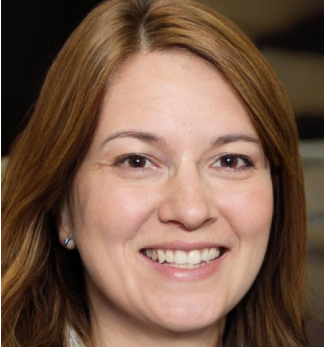Zoning Rules Can Restrict the Availability of Affordable Housing
In his first week as President of the United States, Joe Biden took more than 40 executive actions. Among his actions and promises are plans to help with the racial inequalities and affordable housing crisis. Housing experts and economists have noted that the ways cities and municipalities set up zoning can have a big impact on whether or not affordable housing can exist in the area.
Restrictive Land Use Zoning
Many communities set up restrictions on housing density. They also restrict height and proximity of structures. Zoning rules can even include the minimum property value. This results in difficulties with building affordable housing units.
The Pandemic Didn't Trigger This
The problem of insufficient affordable housing wasn't caused by the COVID-19 pandemic. It's a systemic problem that has been around for decades. The pandemic has made it worse. In some states, such as Connecticut, there are renewed efforts to reform the land use laws. Those laws are a big mix and mess of racism, politics and history.
Where Affordable Housing Units Are Usually Built
Affordable housing units are often built in undesirable neighborhoods in inner cities. The wealthy residents of suburbs don't want the units built there. The gentrified areas of cities don't want them there, either. That leaves only undesirable spots, such as former waste sites and vacant lots. These places are often far from good schools, grocery stores, parks, libraries and other features that make a community enjoyable, safe and convenient.
Rejected Plans Plague Developers
It's often the case that a developer creates an affordable housing plan only to have it shot down by the community's zoning and planning commission. The commissions know that if they stall the project's development, they won't have to deal with it. If they slow it down long enough, it ends up never progressing.
Dire Need for Affordable Housing
In some communities, fewer than 3% of housing units are affordable. For example, in Fairfield, CT, only 2.5% of the 21,000 units are designated as affordable housing options. The local zoning rules are the reason why. The zoning setup favors large lots with single-family homes. The zoning doesn't allow multi-family housing.
What the Problem Is With Multi-family Housing
Multifamily housing is typically used by low-income households. The residents tend to be black or Hispanic. Racism is thought to be one of the biggest ongoing drivers in the refusal of communities to allow multifamily housing developments. Even if the zoning isn't overtly racist in its language, the policies effectively prohibit minorities from moving into those communities.
What Some People Want to Do About It
The civil unrest in the summer of 2020 brought into the open a lot of racism and inequality in policies and laws. The COVID-19 pandemic and its economic fallout has worsened the financial situations of blacks, Hispanics and other minorities. They are overwhelmingly in low-income jobs compared to white households. The overly restrictive zoning laws are perpetuating the overt racism from a century ago.
Example of a Racist Zoning Law
In more than 90% of Connecticut, the zoning laws allow a single-family home to be built with no public hearing. For a four-family home, 98% of communities require a public hearing. A group called Desegregate Connecticut hopes to get state lawmakers to expand the places where multifamily homes can be built.
Predatory Development Is Also a Problem
Some developers are predatory in what they do. They may only build the minimum number of affordable units in order to get around the zoning issues for their development. While there are a few bad developers, most aren't bad. The problem is almost always in the zoning codes.
Example of a Rejected Affordable Housing Development's Plan
Fairfield's Planning and Zoning Commission rejected one plan when it claimed a parking lot didn't have enough space for the ladder truck of the fire brigade to turn around. The city also argued that a street measuring 20 feet wide was too narrow. The project would have included more than 20 affordable housing units. Each time the city challenged the developer, the parties had to go to court. Not all developers want to deal with the hassle. They move on, and no affordable units are built. Developers are running a business, and they don't have the time to waste with a commission that is difficult on a low-profit project.









